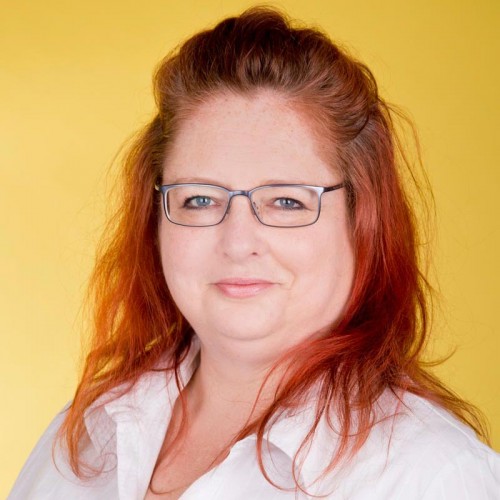
With its know-how for large-scale solar facilities S.O.L.I.D. is one of the leading companies in the solar technology sector. How do you see the solar thermal market developing in future?
As we all know, the market for small systems is difficult, because of absence of grants and system costs are still far too high in this area. The market for large systems looks quite different – here the industry expects increases in turnover, due to largescale facilities that will supply district heating grids. So in spite of some slight decline there will be continual growth overall. Since 2000 the global market has expanded from 62 GWth to 406 GWth; China is still dominating the market, and there is a widespread trend to megawatt and gigawatt facilities.
Where are research and development needed in the field of large systems?
Research is needed in the areas of smart integration and control for large solar facilities in district heating grids, lowering back flow temperatures, large-scale heat storage, certification for complete systems and developing business models for large facilities.
Which new technologies and areas of application do you see as having the most potential?
I regard absorption heat pumps as a very promising new technology to make solar thermal systems work better; they make it possible to tap seasonal heat storage more efficiently, so solar yields go up and less storage is needed – total system cost goes down and net system performance improves.
You are also involved as an expert in the IEA technology-initiative “Solar Heating and Cooling”. What international trends are noticeable?
China is continually improving the quality of its large-scale systems with an emphasis on supplying district heating grids. Since the 2015 world climate summit in Paris we have noticed that cross-linking is starting between various IEA programmes (e.g. between Bioenergy and Solar Heating and Cooling (SHC), or between District Heating and Cooling and SHC). Joint strategies are being developed across programme boundaries. There is an unmistakable trend to the carbon-free economy 2030/2050.
What opportunities do you see for Austrian firms in international markets?
Austria, and particularly Styria, are among the solar thermal pioneers. A handful of firms have succeeded in securing a place in this difficult market. The trend towards megawatt and gigawatt facilities will help Austrian collector manufacturers and solar equipment developers to increase turnover, not just in Austria but around the world.